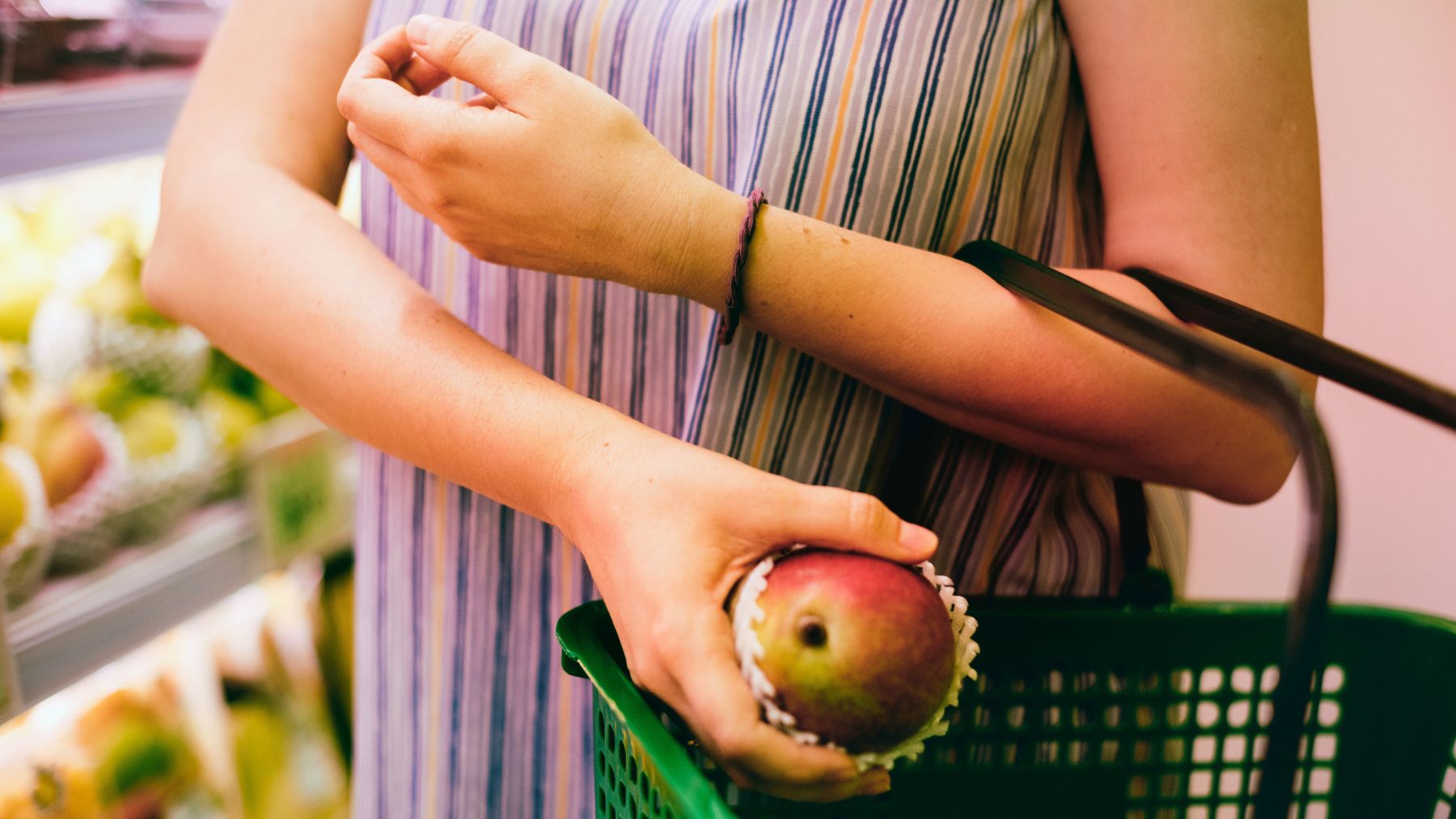Millions of Americans who depend on food assistance are facing smaller payments and long waits this month. The Trump administration has said it will only partially fund November’s Supplemental Nutrition Assistance Program, or SNAP, after the government shutdown halted regular benefit payments. But the process to send out even partial aid could take weeks—or longer—for many states.
This unprecedented move has added new uncertainty for the nearly 42 million people who rely on SNAP to buy groceries each month. Let’s break down what led to this situation, how long the delays could last, and what states are doing to keep families fed in the meantime.
SNAP benefits partially funded after court order
The U.S. Department of Agriculture confirmed it will use $5.25 billion in contingency funds to pay out reduced November SNAP benefits, following a federal court order. The decision came after U.S. District Judge John McConnell ruled that the administration must at least partially fund the program, which lapsed for the first time on November 1 amid the ongoing shutdown.
The USDA said it will use that money to cover about half of the usual monthly benefits for eligible households. Around $600 million will go toward administrative costs, leaving $4.65 billion to distribute. Since SNAP typically costs $8 to $9 billion a month, the agency warned that full payments are not possible under the current plan.
Partial payments are a first in SNAP’s 60-year history. Patrick Penn, deputy under secretary for food, nutrition, and consumer services, said in a court filing that recalculating reduced benefits could take “anywhere from a few weeks to up to several months” depending on the state. Each state’s SNAP agency must reconfigure its system, calculate new payment amounts, and send updated information to its EBT processor.
That means many families may not see any benefits for weeks, even as food prices remain high. Some states, including Alaska, Maryland, Vermont, and Virginia, have stepped in to provide emergency funds to cover part of November’s payments.
Democratic-led states and lawmakers continue to pressure the administration to release more federal funds. Senator Amy Klobuchar, chair of the Senate Agriculture Committee, criticized the plan, saying, “It is not enough to do the bare minimum—the administration should stop playing politics with hunger”.
What’s next for SNAP recipients
While the USDA confirmed it will spend the entire contingency fund, it has refused to draw on an additional $23 billion reserve that could fully fund SNAP for November. Officials said that money must remain available for child nutrition programs like the National School Lunch Program and WIC.
Some states are trying to cushion the gap by boosting support for food banks and community pantries, which are already stretched thin. Organizations like Feeding America and local food networks report a surge in demand as families wait for their benefits to reload.
The timing of payments will vary widely by state, and many agencies haven’t announced specific schedules. For most recipients, checking their state’s SNAP website or calling their EBT helpline will be the fastest way to find out when funds might arrive.

